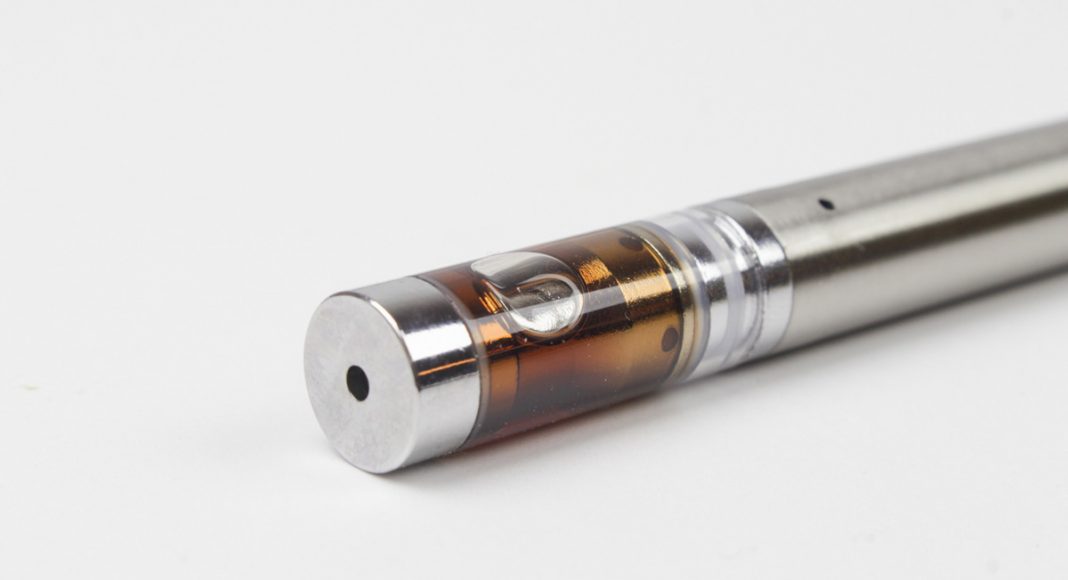A new study called “Prevalence of Cannabis Use in Electronic Cigarettes Among US Youth” shows that not only are kids vaping at a high rate, but that quite often it’s cannabis being inhaled.
Published by JAMA Pediatrics, the research letter analyzed the 2016 National Youth Tobacco Survey results using data from over 20,600 students. Of the 6th to 12th graders, approximately one third of them were vaping, with around one third of that population using e-cigs for cannabis. All in all, about 9 percent of all students were vaping cannabis, which equals out to around 1 in 11.
RELATED: No One Knows Why Drinking And Drug Use Is Declining Among Teens
It is noted that these numbers are higher than what was previously thought. In response, the FDA began a new campaign to combat youth vaping. The Centers for Disease Control and Prevention’s 2017 National Youth Tobacco Survey reports that over 2 million middle school, high school and college students are vaping. Plus, new findings indicate that vaping by high school students could be up by around 75 percent this year alone.
When the above numbers are combined, and when you take into consideration that the results were self reported, which could mean that they’re swayed by how much each student felt comfortable admitting to or bragging about their usage, they are indeed far reaching. But what are the implications?
Much more research needs to be done on vaping, whether tobacco or cannabis, as it is a fairly new way of inhaling vapor into one’s lungs and we don’t know exactly how that vapor may or may not be effecting us outside and inside of what it’s carrying.
Katrina Trivers of the CDC had this to say in an email to The Verge, “The use of marijuana in these products is of particular concern because cannabis use among youth can adversely affect learning and memory and may impair later academic achievement and education.” She was the study’s lead author.
RELATED: No Correlation Between Medical Marijuana And Increased Teen Use
Again, many more studies need to be conducted, not only on the effects of vaping, but on cannabis itself; how it affects youth who use it regularly and when it’s most appropriate (i.e. if the young person has seizure disorder or is suffering from cancer, the risk/benefit factor becomes clear).
One thing’s for certain: vape pen sales are through the roof and vaping is gaining in popularity across all demographics. What that means on many levels, only time will tell.


